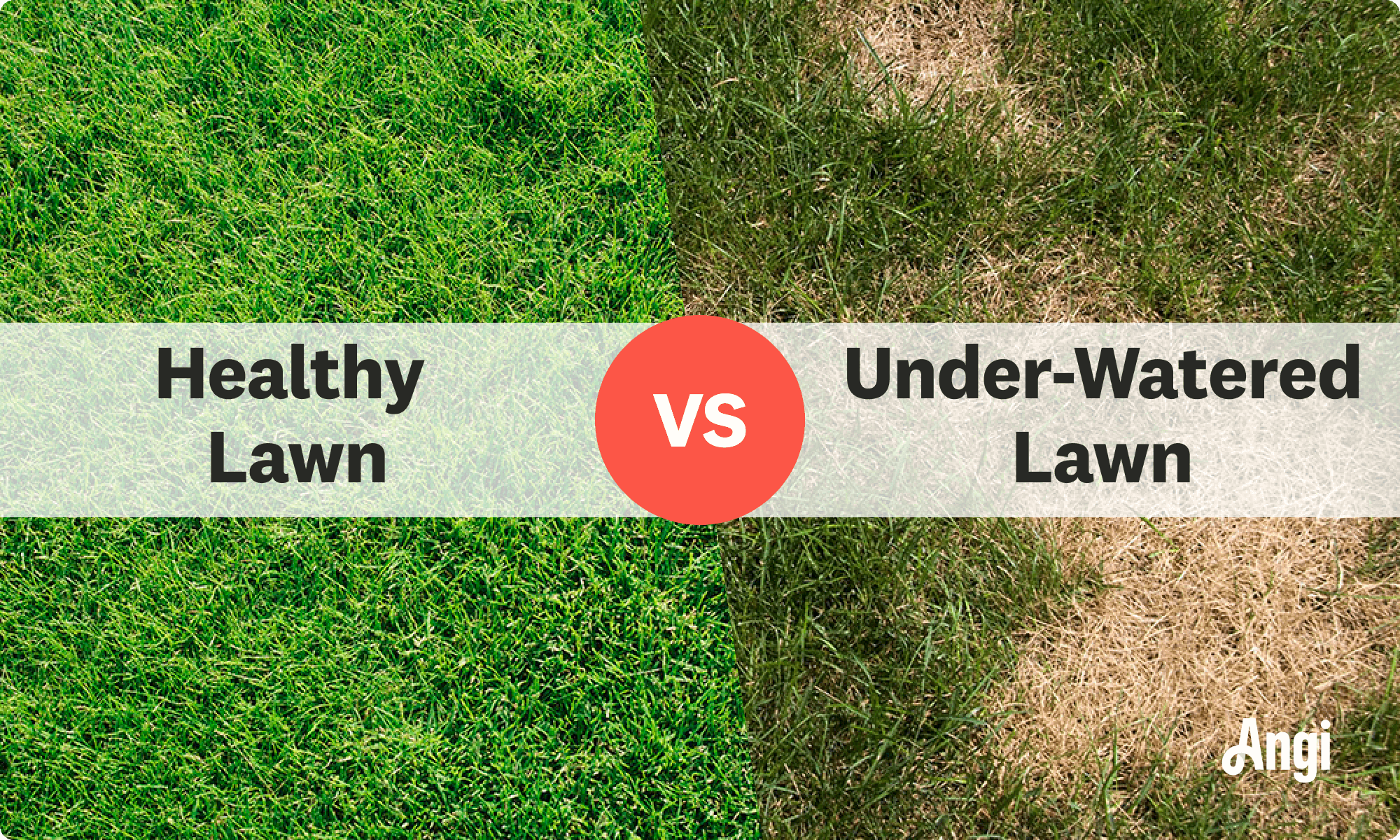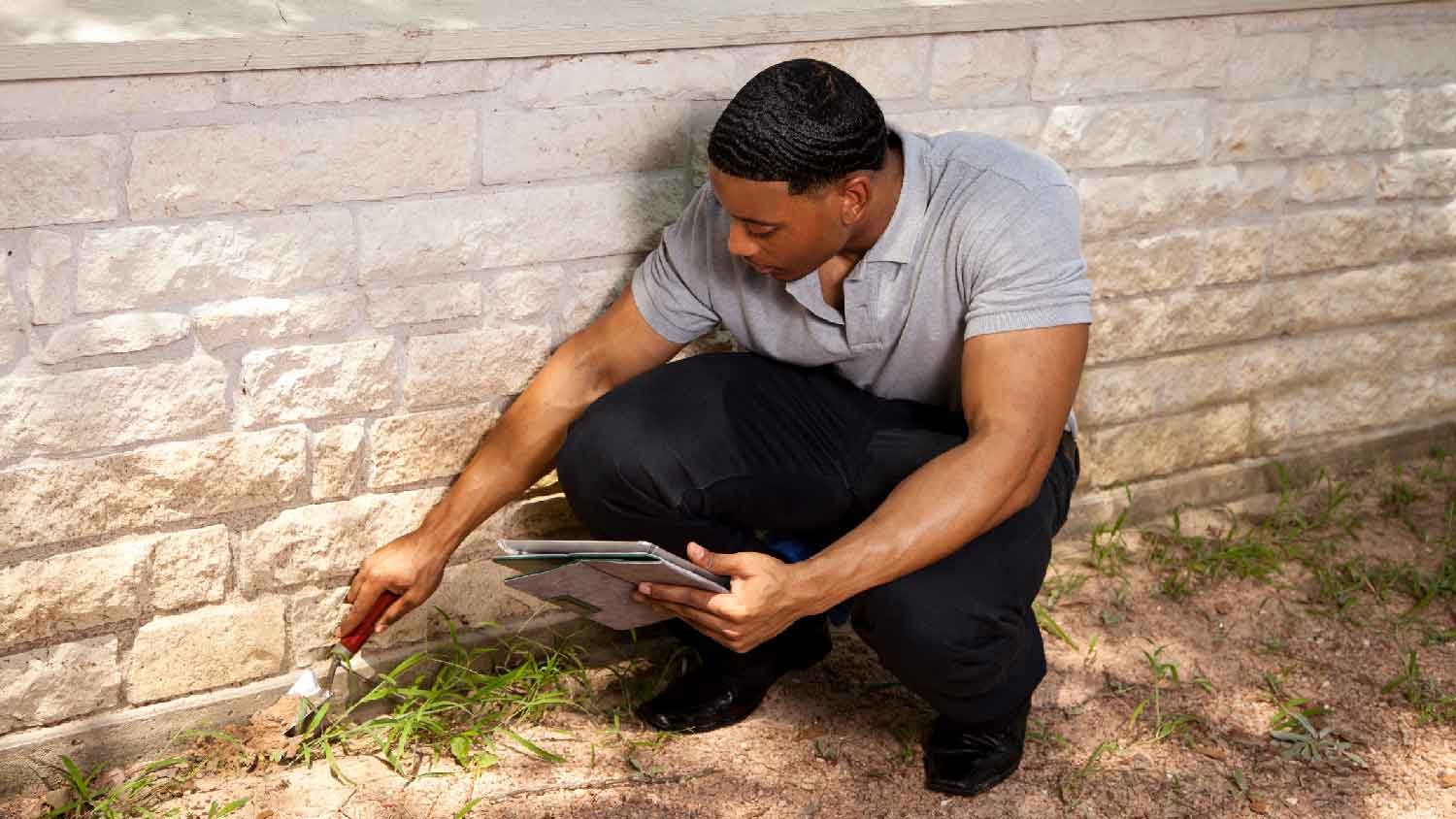
Discover drip irrigation system cost estimates, key price factors, and ways to save. Get transparent pricing to plan your home irrigation project confidently.
It’s time for a search and fescue


Dirt, grass, and overgrown landscaping can bury your sprinkler heads over time. Your lawn and plants won't get enough water if you have a sprinkler head that’s gone missing. You might even experience flooding or uneven watering across your yard, killing off your plants and making your property look sloppy. With the tips below, we’ll teach you how to find sprinkler heads covered by grass and plants.
Cap your sprinkler heads or switch off the valves that lead to the known heads. Turn on your sprinkler system and wait 20 to 30 minutes to allow a substantial amount of water to run, then turn the system off.
Walk around your yard and look for areas that pool with water, or use a soil moisture probe to find oversaturated spots. You can also listen for the sound of rushing or trickling water underground. The sound can lead you to where water might be streaming from a missing head.
Mark any areas that you suspect might have a buried head. Insert sticks or flags into the ground to help narrow in where the missing head might be.
Most sprinkler systems come with a system map or diagram that shows the location of each sprinkler head and supply line. Look at your system map to identify the existing sprinkler heads. It may be helpful to put flags or sticks near the current heads. Looking at the map and your lawn with the current heads, try to locate where the missing heads likely are.
Measure and write down the distance between two active heads with a tape measure. Measure the distance on a few sets of heads to determine if there is an average. The average distance can give you an idea of how far apart the heads are, helping you estimate where a buried sprinkler head might be. In most cases, sprinkler heads are evenly placed in a pattern on your property. Knowing the pattern and distance can help you identify where missing heads are.
This method can be more challenging if you have an extensive irrigation system with custom zoning. You might be better off hiring a pro or using a metal detector.

When sprinkler heads are missing, the surrounding section of grass won't receive the water it needs. Notice areas with dry, brown, or wilting grass and plants on your property. A missing sprinkler head is likely nearby. You can also look for areas with a mix of green and dormant or dead grass. The sprinkler head might be partially blocked and only watering some of the soil.
If a sprinkler head is buried near the surface, a garden rake can help you locate it. Hold a garden rake against the lawn, dragging the rake slowly across the surface. Try not to drag the rake too deep because it can damage your grass.
If you’ve narrowed down the area you believe the missing head is in, this method can be particularly helpful. You will feel or hear when the rake hits a sprinkler head. Mark the location with a flag or stick.
Running a metal detector across your yard is a simple way to find a sprinkler head. If you hire a professional to help find sprinkler heads covered by grass, they’ll likely use metal detectors because almost all sprinkler heads contain metal. Using a metal detector to find a sprinkler head is quicker if you've limited the area you need to search. Consider using the other methods in this guide to narrow down the area first and save time.
You may need to adjust the sensitivity settings on your metal detector by putting it over one of your known heads. You want to ensure the device detects other heads. As you go, mark each possible sprinkler head location with a flag or stick.
No matter your method, it can be hard to find buried sprinkler heads, especially if you're moving into a new house and are unfamiliar with the landscaping. Contact a local sprinkler installer to locate the sprinkler head and dig it out. You can save time by hiring a pro, allowing you to fix the issue and get your lawn up and green again sooner.

You can find most missing sprinkler heads yourself with the right tools and enough time. But it can be tricky and time-consuming, especially if you have a large yard or custom zoning. Consider hiring a local sprinkler installer to identify buried sprinkler heads, dig them up, and optimize your system for the season.
Sprinkler system repair work costs between $50 and $100 per hour on average. The investment is well worth it, especially if you can increase your lawn’s health and save on water bills.
You may have a buried sprinkler head if you notice:
Flooding in a particular area of your yard
Uneven watering across your yard
A dry or brown patch on your lawn
A zone in your yard that seems like it should have a sprinkler head but doesn’t
Higher than usual water bills when your sprinkler system is running
Sprinkler zones that won't turn on
From average costs to expert advice, get all the answers you need to get your job done.

Discover drip irrigation system cost estimates, key price factors, and ways to save. Get transparent pricing to plan your home irrigation project confidently.

The drainage method, number of sprinkler zones, and whether you DIY influence how much it costs to winterize your sprinkler system.

If your sprinkler system isn’t working, it may be time for a new pump. Find out sprinkler pump replacement costs with this guide.

Do you notice any signs of drainage problems? Here are some foundation drainage questions you can expect to discuss with a pro before they work on this project.

Need to repair a sprinkler or install a new one? Learn the parts of the sprinkler system and how they all work together to water your lawn and garden.

Do you truly know how long to run sprinklers in your yard? We explore the general guidelines of lawn watering and the factors that affect its frequency.